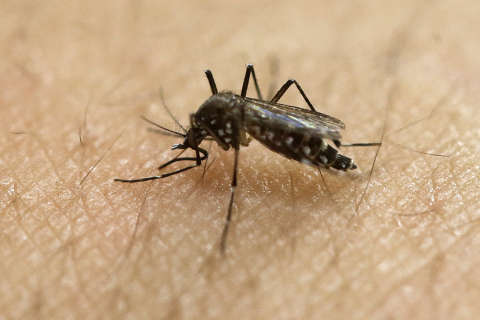WASHINGTON — The buzz of mosquitoes could be more prevalent this year in the D.C. area due to the warmer temperatures.
The cold-intolerant blood suckers, according to some experts, most likely had more of a chance of surviving the winter, since there were many mild days throughout the winter season.
“In warm winters, we simply have more surviving,” said Mike Raupp, a professor of Entomology at the University of Maryland College Park.
In the D.C. area, we see mostly three species of mosquitoes including Aedes albopictus — also known as the Asian tiger mosquito.
Also found: the Culex pipiens or the common house mosquito.
Finally, the one which has received the most attention as of late is the Aedes aegypti or Yellow Fever mosquito, which is the main carrier of the Zika virus.
According to Raupp, the warming temperatures could lead to bugs that are a main stay in the south making the flight further north.
Raupp says expect mosquitoes to get an earlier start when the temperatures are up.
When temperatures reach 70 degrees, mosquitoes develop in about 14 days, and when thermometer reaches 90 degrees, the development time is cut in half.
“We are simply going to have more generations every year in a warming world, it’s very simple,” said Raupp.
While the yellow fever mosquito population is smaller than that of other species in the area, Raupp said they are and have been here.
Last year, he said, a breeding colony was detected underground in the Capitol Hill area.
“In the summertime, these Yellow Fever mosquitoes simply bubble out from their place underground and feed on the people right here in Washington, D.C.,” Raup said.
Among the best protection against mosquitoes is the use of repellents containing DEET, or diethyltoluamide.






